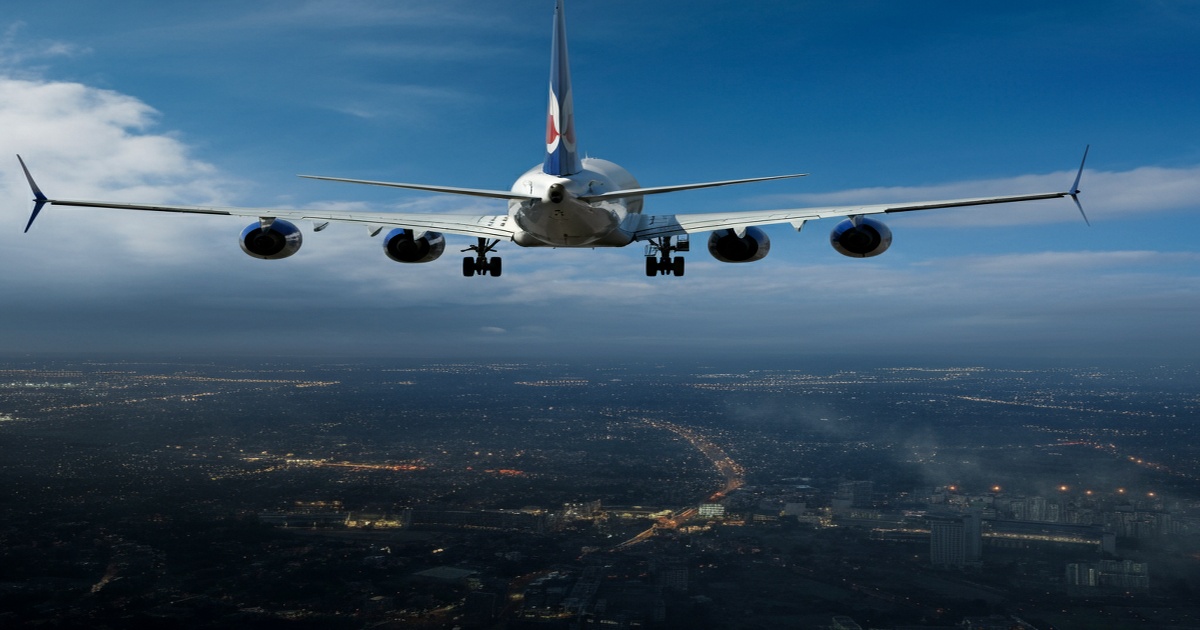Black Boxes of Crashed Boeing 737-800 Stopped Recording Before Accident
The black boxes of the Boeing 737-800 jetliner that crashed in South Korea last month stopped recording about four minutes before the accident, according to South Korean officials. This development could complicate investigations into the cause of the disaster that killed 179 people.
The U.S. National Transportation Safety Board (NTSB) analyzed the flight data and cockpit voice recorders and concluded that both devices stopped working about four minutes before the crash. The Boeing 737-800, operated by Jeju Air, skidded off a runway in the South Korean town of Muan on December 29 after its landing gear failed to deploy. The plane slammed into a concrete structure and burst into flames, killing all but two of the 181 people on board.
South Korean officials initially analyzed the black boxes but sent the devices to the NTSB for closer examination after discovering that some data was missing. The transportation ministry said it was unclear why the devices failed to record data in the last four minutes.
"Data from the CVR (cockpit voice recorder) and FDR (flight data recorder) are crucial in investigating accidents," the ministry said in a statement. "However, such investigations are conducted through the examination and analysis of various sources of information, and we plan to do our utmost to determine the cause of the accident."
South Korean investigators have said that air traffic controllers warned the pilot about possible bird strikes two minutes before the aircraft issued a distress signal confirming that a bird strike had occurred. The pilot then attempted an emergency landing.
South Korean officials have also pledged to improve airport safety after experts linked the high death toll to Muan airport's localizer system, the structure hit by the aircraft as it crashed. The localizer, a set of antennas designed to guide aircraft during landings, was housed in a concrete structure covered with dirt on an elevated embankment. This has raised questions about whether the structure should have been built with lighter materials that would break more easily upon impact.







6 Comments
Muchacho
Why wasn’t the localizer system improved? Clearly, it played a role in this tragedy that could have been prevented.
Muchacha
The fact that serious warning signs were ignored shows a systemic problem in aviation safety protocols.
Habibi
These tragedies lead to important changes in safety protocols. Let's hope we can learn from this incident.
ArtemK
How can we depend on aviation if crucial data is missing? This raises serious questions about airline safety.
Coccinella
It’s vital to keep in mind that aviation is generally safe, and incidents like these push for advancements in technology and protocols.
ArtemK
The black boxes failing to record is a monumental oversight! What are they doing to prevent this in the future?